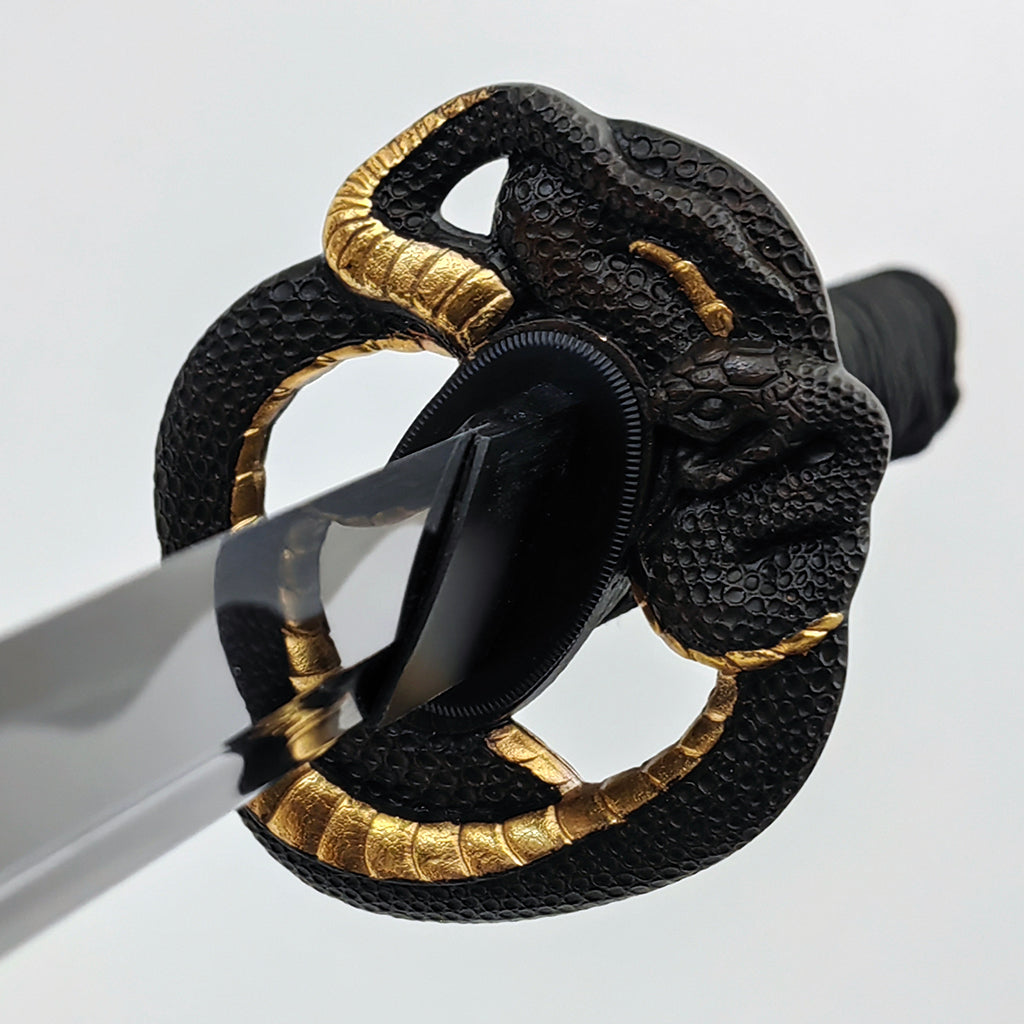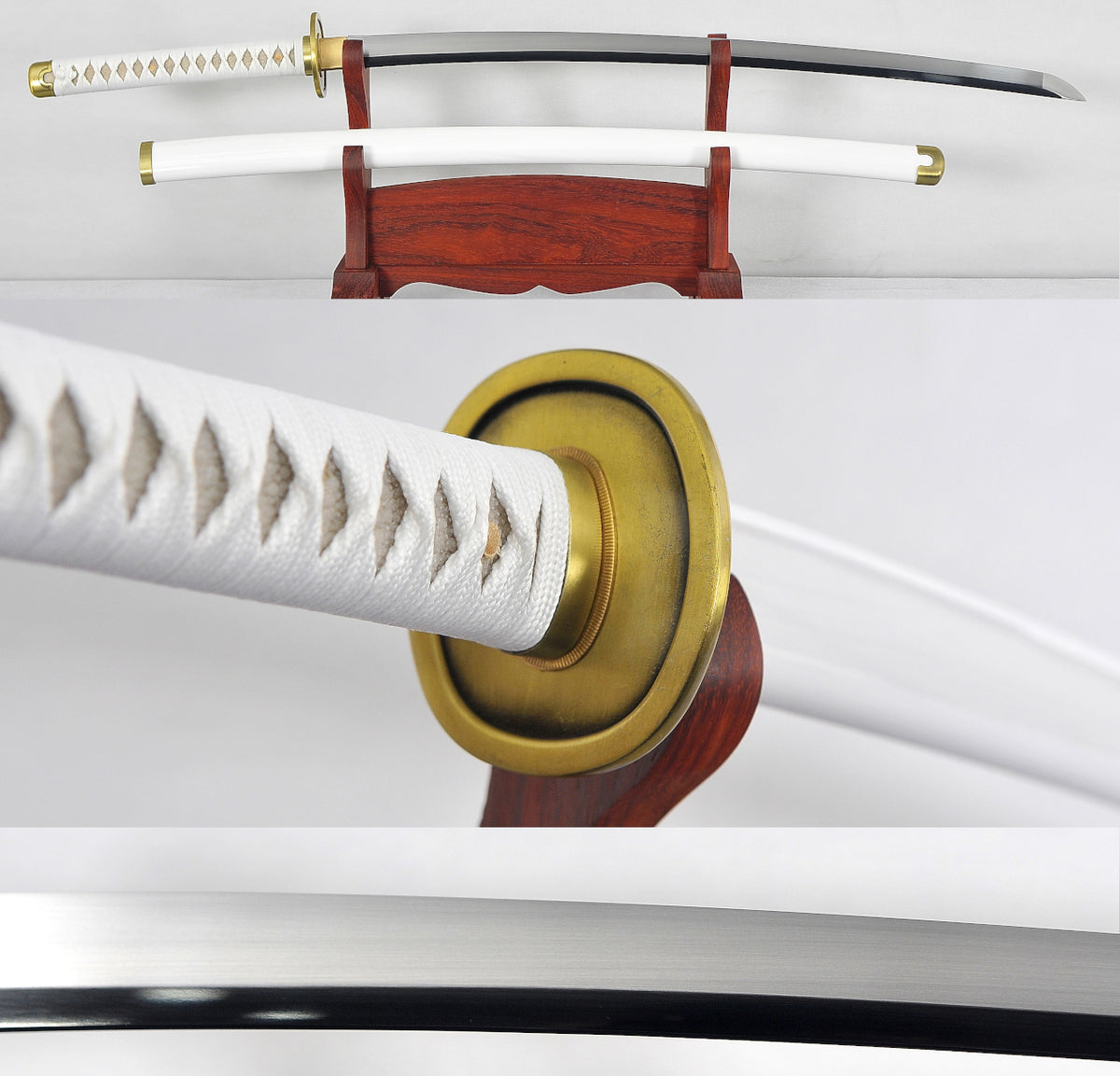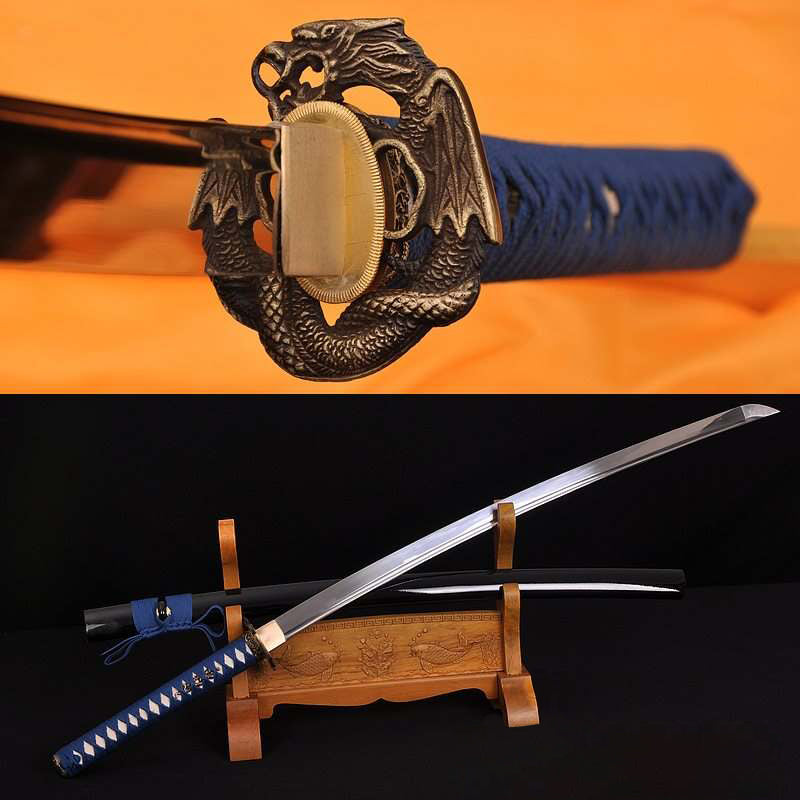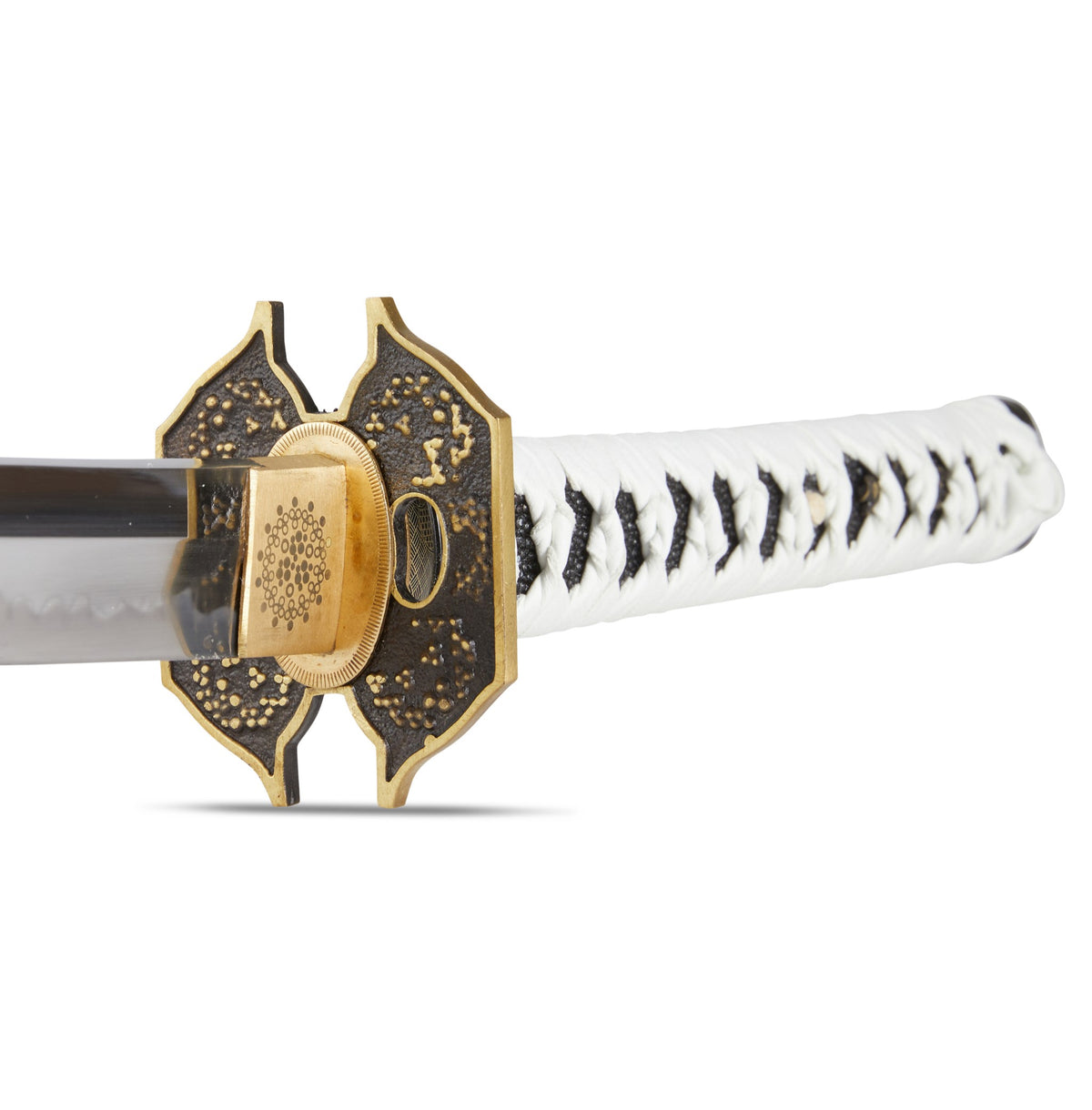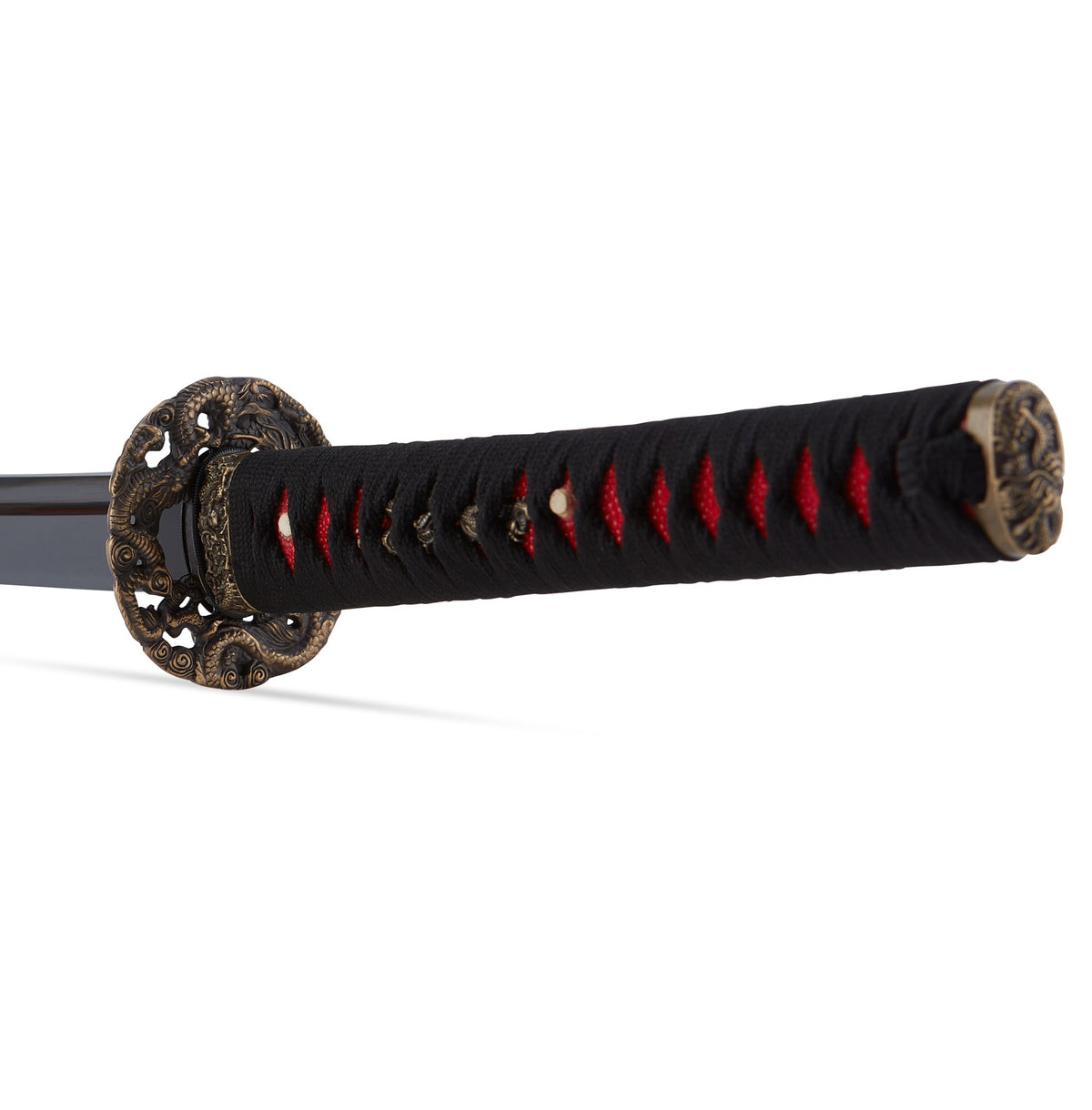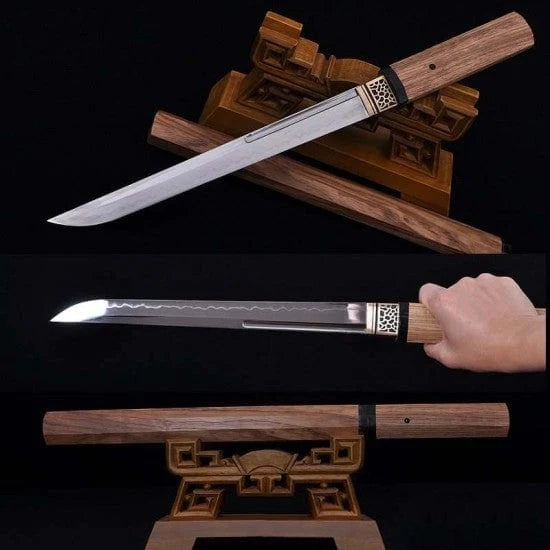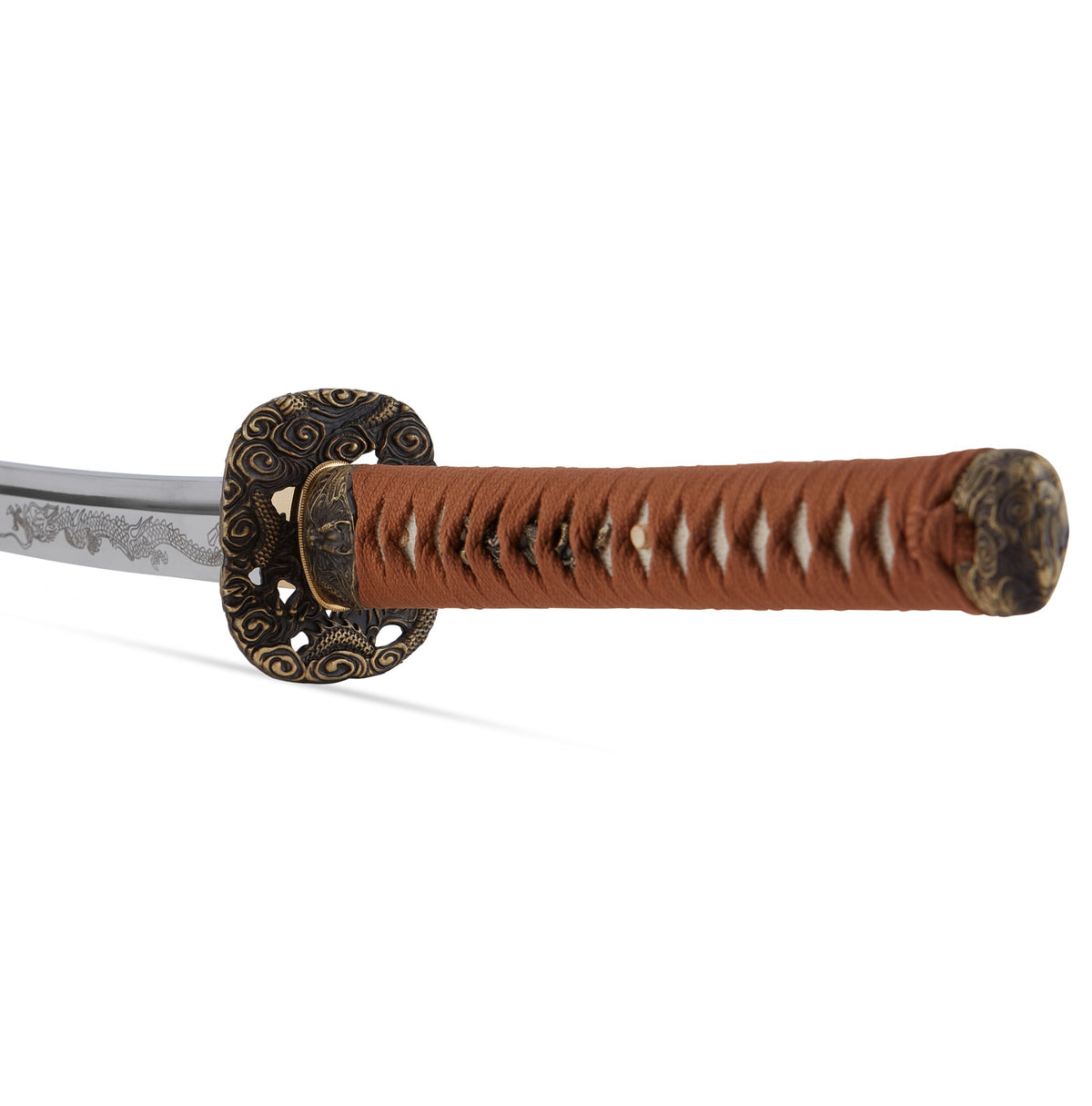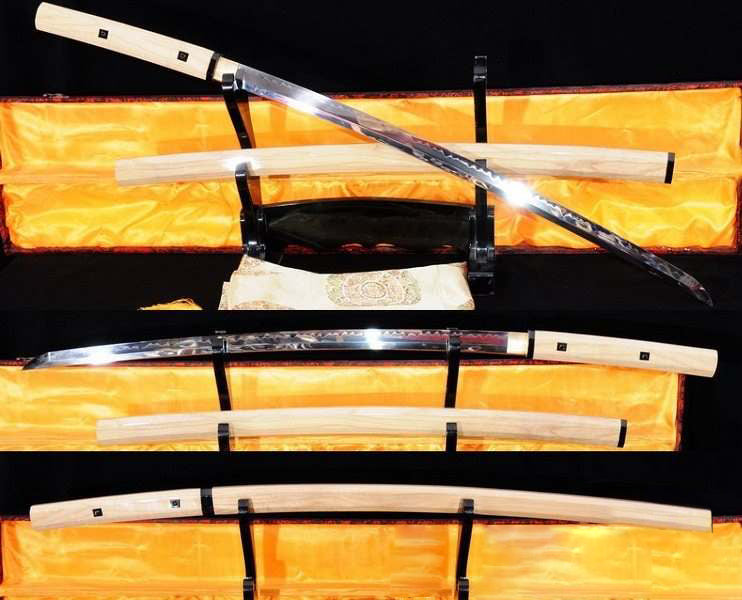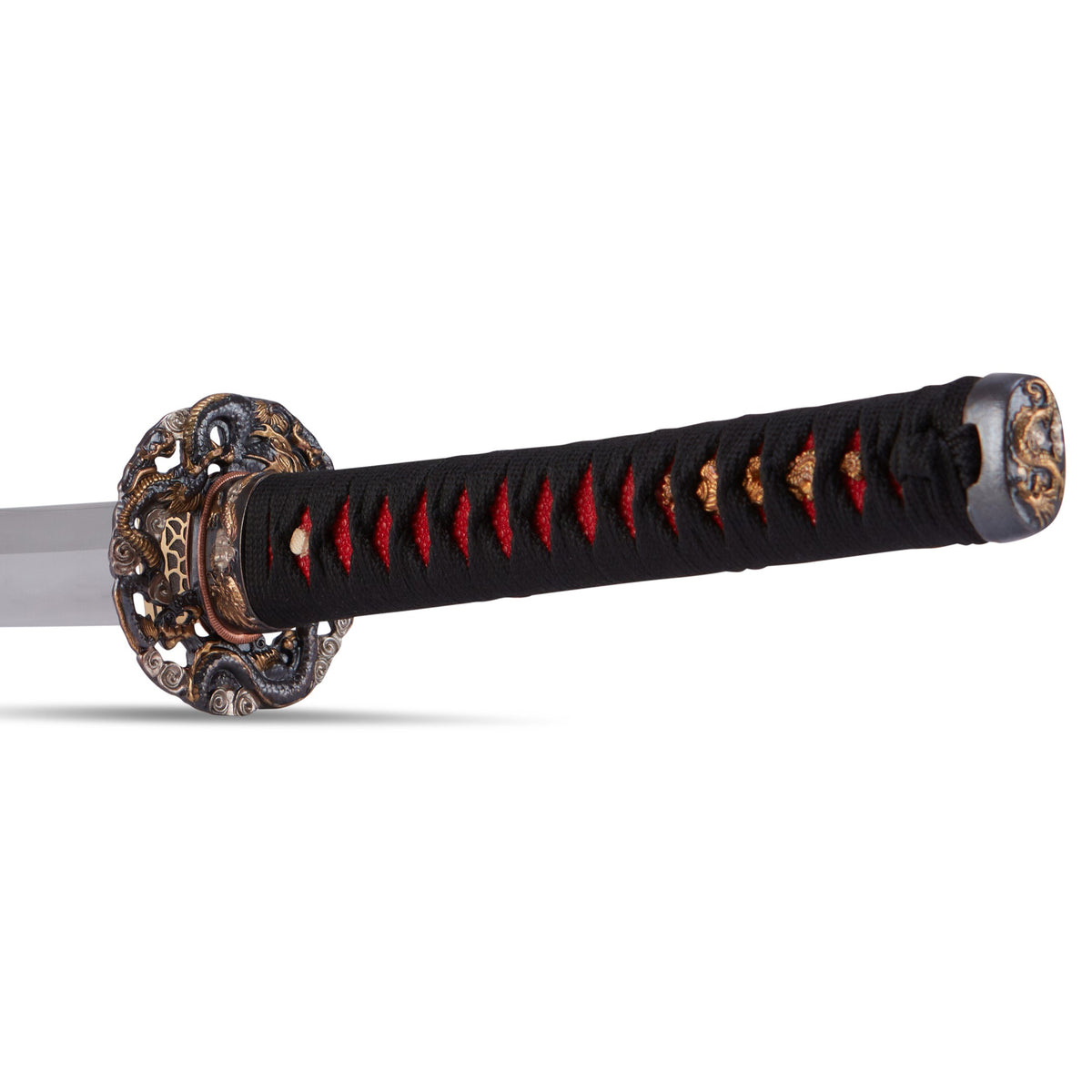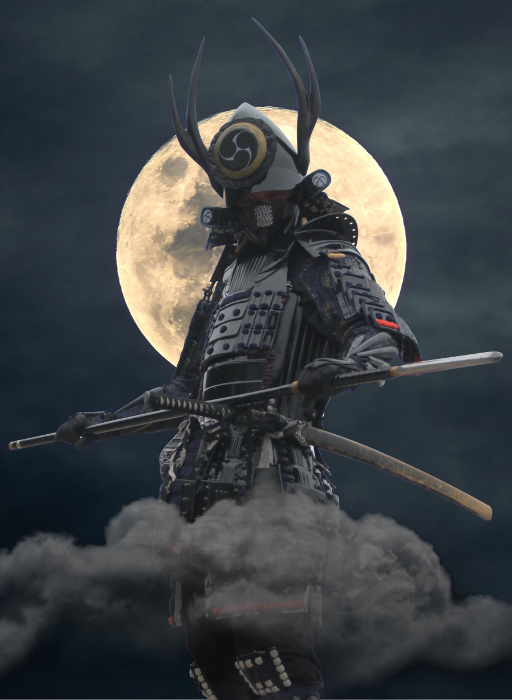Ishikawa Goemon: Was he Really the Robin Hood of Japan?

Ishikawa Goemon was something of a legendary figure in Japanese history. One of his most notable exploits was the stealing of gold from rich nobles which he would then distribute to the poor. In a sense, you could say that he was the Japanese Robin Hood. He was born sometime around 1558, but the historical information about Ishikawa Goemon can be a little fragmentary, making him seem at times to be more like a folk hero than anything else. There’s credible evidence to prove that the man did indeed exist however, as in Toyotomi Hideyoshi’s biography written in 1642, he mentions Goemon, though in a less than flattering light, referring to him as a mere thief.
It’s also suggested that Goemon once tried to assassinate Oda Nobunaga, the first unifier of Japan. This can’t necessarily be proven, but it does seem like something Goemon would wind up doing, considering he was said to have tried to assassinate Toyotomi Hideyoshi, that which would lead to his death. There are many accounts of Geomon’s life however. One incident states that he was born as Sanada Kuranoshin in 1558 to a family of samurai serving the Miyoshi clan in the Iga province. But when his father was killed by members of the Ashikaga shogunate, the fifteen year old Sanada would swear revenge. In some tales, his mother was also murdered by the Ashikaga shogunate during a struggle, where Sanada would watch his parents die.

But revenge wasn’t something he could just go and take as a fifteen year old orphan, so he began training in the secret ninja art of ninjutsu under a master named Momochi Sandayu, the man who would begin the ninjutsu school in the Iga province. Momochi would adopt him, and begin to raise him as his own. During the harsh ninjutsu training though, Sanada would find himself drawn to Momochi’s wife, and before long, one thing led to another. Outraged by the revelation, Momochi would banish Sanada from his home, and he’d be forced to flee from his master’s temper. To make matters worse, he would steal Momochi’s legendary sword before leaving. In another version of this tale, Sanada steals gold from Momochi and also takes his wife with him when he fled. However, it should also be noted that Sanada had a violent temper and a terrible attitude in general. It’s likely because of this, that he would become impatient with Momochi’s wife in the first place, who he would eventually murder, for she was in his words, slowing him down. This is quite a stark contrast to the man who would be stealing from the rich to give to the poor, as surely someone so selfish could not be so charitable. This leads to a second version of Goemon’s life.

In this version, Ishikawa Goemon was named Gorokizu and was from the Kawachi province, and therefore not a runaway ninja at all. Gorokizu would move to the Kansai region and would form a band of thieves and bandits, where he would adopt the name Ishikawa Goemon. It’s here he would establish an operation to rob the rich feudal lords, merchants, clerics, samurai, and just about anyone with something worth having. It’s said that he would give his takings to the poor. The theft was mostly conducted at night, for during the day they would pretend to be merchants, and infiltrate social groups and businesses to find things worth stealing.

Goemon and his bandits would also scatter a lot of their loot among civilians so as to throw the authorities off their scent, or to cause confusion in order to vindicate themselves of thievery. This is a very important part of Ishikawa Goemon’s legend, as it challenges the idea as to whether he was a charitable Robin Hood type hero, giving riches to the poor, or merely a sneaky trickster who was using the poor as a scapegoat. It wouldn’t be til the Edo period that Goemon’s antics were romanticized, fast making him into a pious hero, even though that may not have been the case at all.
One of the most interesting accounts about Goemon is in the way that he died. It’s said that he was brought to the main gate of the Buddhist temple in Nanzen-ji in Kyoto, where he would be punished for his crimes of robbery and attempted assassinations. But like most things from Japanese history, there are some conflicting accounts. In the first instance, Goemon was said to have tried to kill Toyotomi Hideyoshi, because his wife had been killed in one of Hideyoshi’s bloody conquests. Goemon blamed Hideyoshi for the death of his wife, and so snuck into Fushimi Castle, the home of Hideyoshi, and entered his room. However, he made a large blunder and knocked a bell off a shelf which caught the attention of the guards. Goemon was quickly captured and sentenced to death, though his death would not be the quick beheading that we’re used to seeing. He would be publicly burned alive in an iron cauldron along with his toddler son. But he was able to save his son by holding him up high above his head, whereby he was rescued by onlookers.

In another version, Goemon would again be caught entering Hideyoshi’s room, only this time by a supposedly magical incense burner who would alert the guards to the presence of intruders. In typical Hideyoshi fashion, he had Goemon’s entire family burned alive with him. In the final version, Goemon would try to save his son from the heat of the cauldron by holding him high above his head as he did in the first instance, however he would then suddenly plunge him deep into the bottom of the cauldron, killing him instantly so as to save him from the pain. He would then hold the body of the boy high above his head in defiance of the Hideyoshi regime until he eventually sunk to the bottom of the pot himself. When facing Hideyoshi during his death, he was apparently said to have confessed that he indeed was a thief and that he had stolen a fortune, however he would also accuse Hideyoshi of being a thief himself, for in Goemon’s words, Hideyoshi had stolen Japan. Before he died, Goemon penned a famous poem that states, regardless of how the world turns out, there will always be thieves. A tombstone is dedicated to him in the Daiunin temple in Kyoto. In fact, large iron bath tubs in Japan are now called Goemonburo, meaning Goemon bath. The question is, was Ishikawa Goemon a regular moral hero who was aiding the poor, or was he a bit of a scoundrel, using the poor to maintain his facade as a merchant and to facilitate his getaways?
Best Sellers
- Regular Price
- from $199.99
- Sale Price
- from $199.99
- Regular Price
-
- Unit Price
- per
- Regular Price
- from $299.00
- Sale Price
- from $299.00
- Regular Price
-
- Unit Price
- per
- Regular Price
- from $199.00
- Sale Price
- from $199.00
- Regular Price
-
$0.00
- Unit Price
- per
- Regular Price
- from $619.00
- Sale Price
- from $619.00
- Regular Price
-
- Unit Price
- per
- Regular Price
- from $319.00
- Sale Price
- from $319.00
- Regular Price
-
- Unit Price
- per
- Regular Price
- from $249.00
- Sale Price
- from $249.00
- Regular Price
-
- Unit Price
- per
- Regular Price
- from $339.00
- Sale Price
- from $339.00
- Regular Price
-
- Unit Price
- per
- Regular Price
- from $219.00
- Sale Price
- from $219.00
- Regular Price
-
- Unit Price
- per
- Regular Price
- from $364.00
- Sale Price
- from $364.00
- Regular Price
-
- Unit Price
- per
- Regular Price
- from $519.00
- Sale Price
- from $519.00
- Regular Price
-
- Unit Price
- per
